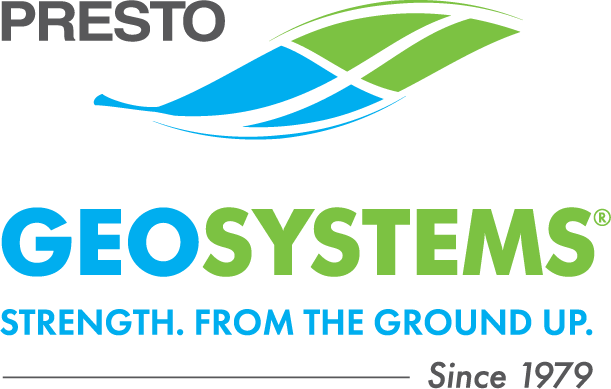Written by Sam Justice, P.E. Building roads, housing, and other critical infrastructure is a great responsibility taken on by engineers, architects and project owners. Ensuring that these structures are safe and reliable for years and decades is of the utmost importance at all stages of design and construction. The Challenge of Maintaining Quality in Construction The design team creates building plans and the associated specification that capture the essence of their vision as they work to write the guiding documents for their project. They make decisions about product types, grades, and take great pains to build into their documents citations of certifications and standards to assure only quality materials are allowed on the site. However, product competition and budget demands are a concern seen in many projects that can challenge the specifications intended to produce the best possible structure. Substandard “or equal” substitutions can be encountered in the critical moments between design, bid awards, and construction. It is up to the specifying engineers and architects to hold their spec in all phases of the process to ensure the right materials and installation procedures are used. The Bidding Process and Material Selection Contractors often produce bids with the materials indicated by the… Read more »
Posts Categorized: Design Specification
“Or Equal” Substitutions in Geosynthetics: Evaluating the Contractor’s Proposed Alternative Amidst Global Supply Chain Disruptions & Rising Costs

As supply chain issues and project delays continue to wreak havoc in the global geosynthetics industry, Presto Geosystems has prepared this “reboot” of our tips for evaluating “or equal” substitutions to help you navigate the decision-making process when confronted with a proposed alternative geosynthetic product. According to a recent special feature article from Geosynthetic News Alerts (GNA), more oversight and diligence is needed—now more than ever—as deceptive products and inferior raw materials continue to find their way into global markets. According to GNA “Distributors and installers that place orders in good faith—particularly with overseas vendors—may wind up with rolls of geosynthetics they can’t use, and no wriggle room in compressed delivery timelines to find alternatives or otherwise rectify errors.” To protect against this, GNA goes on to emphasize the importance of vetting geosynthetics suppliers to maintain quality metrics. In light of this, Presto offers this reboot of our five tips for evaluating “or equal” substitutions to help you keep your project on the path to success amidst the chaos. Tip #1: Review Product Datasheets Closely (Be Wary of Disclaimers) Many design professionals tend to focus on the numbers shown on a product datasheet and may even have an implicit trust… Read more »
Choosing the Right Geocell
Written By: Bryan Wedin P.E., Chief Design Engineer, Presto Geosystems Not all geocells are created equal. While most manufacturers can provide similar-looking written specifications, you need assurances that the material delivered for your project is of the high quality that you expect. Important factors in the success of your geocell project include: Quality The geocell material is proven, strong, and will last Require only the highest quality virgin High Density Polyethylene (HDPE) resin Low quality or recycled resin can lead to weak and/or inconsistent seam strength, putting the success of your project at risk. Non-HDPE materials cannot match the nearly 40 years of in-ground experience of HDPE geocells and plastic alloy proprietary blends can mask cheap stiff filler materials. ISO Certification Important, but the manufacturer sets the testing protocol for the certification. Require a Certificate of Analysis (COA) for the material that is shipped to your project. An ISO certification that does not require continuous testing is lacking. Integral Components The complete solution includes proper components Non-corrosive, high-strength panel connection method (ATRA® Keys vs. weak staples or zip ties) Anchors that provide secure connections to the geocell (ATRA® stakes vs. J-hooks) Load Transfer Devices for tendon applications that are non-corrosive and… Read more »
How long does it take to install geosynthetic construction products?
How long does it take to install? It is a question we hear every day. When it comes to cost and installation rates for geosynthetic construction products, there are no simple answers to what seems like simple questions. In fact, beware of those who try to simplify determination of installation costs for their products with quick answers or charts and tables to determine construction rates. Experienced project managers and site supervisors of the crews charged with installation are in the best position to estimate productivity rates. They know best their crew’s capability and the characteristics of the site involved. The variables that need to be considered include: Crew size, talent, work ethic and workday length Temperature, precipitation and length of day (sunlight) Experience with product class Size of the project Site Access Site Conditions (see weather) Crew The optimum crew size is important. Too small and you may lose the benefits of assembly line productivity. Too large and you will find that you fall over each other and pay for extra “inspectors”. All crews are not created equally. The familiarity with tools and techniques vary greatly as does the work ethic both between crews and by region and country. Weather… Read more »

 800.548.3424
800.548.3424